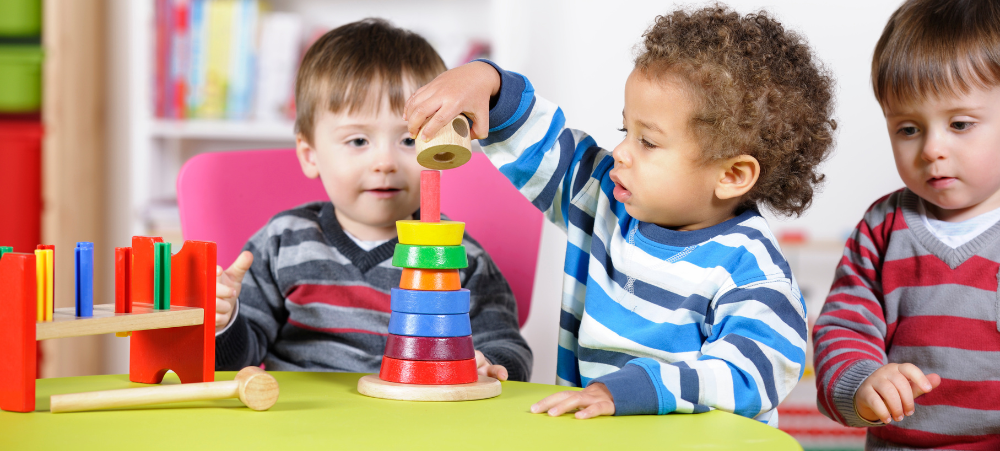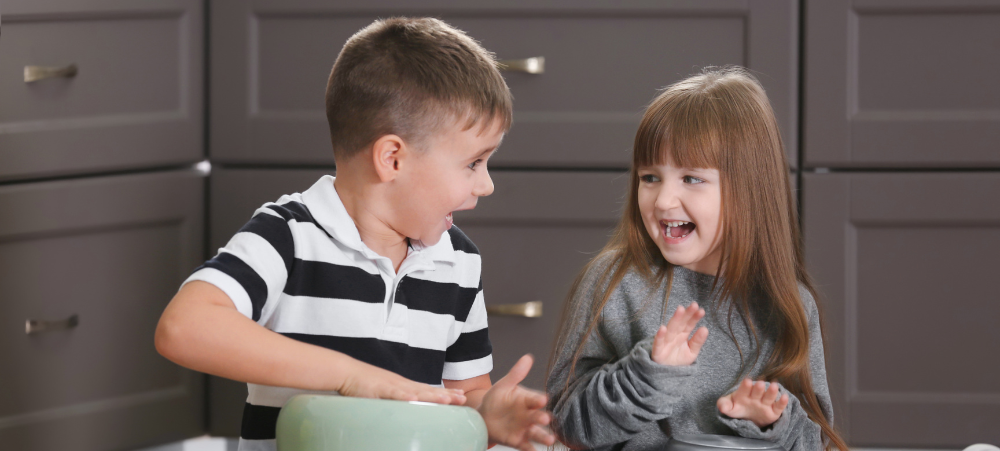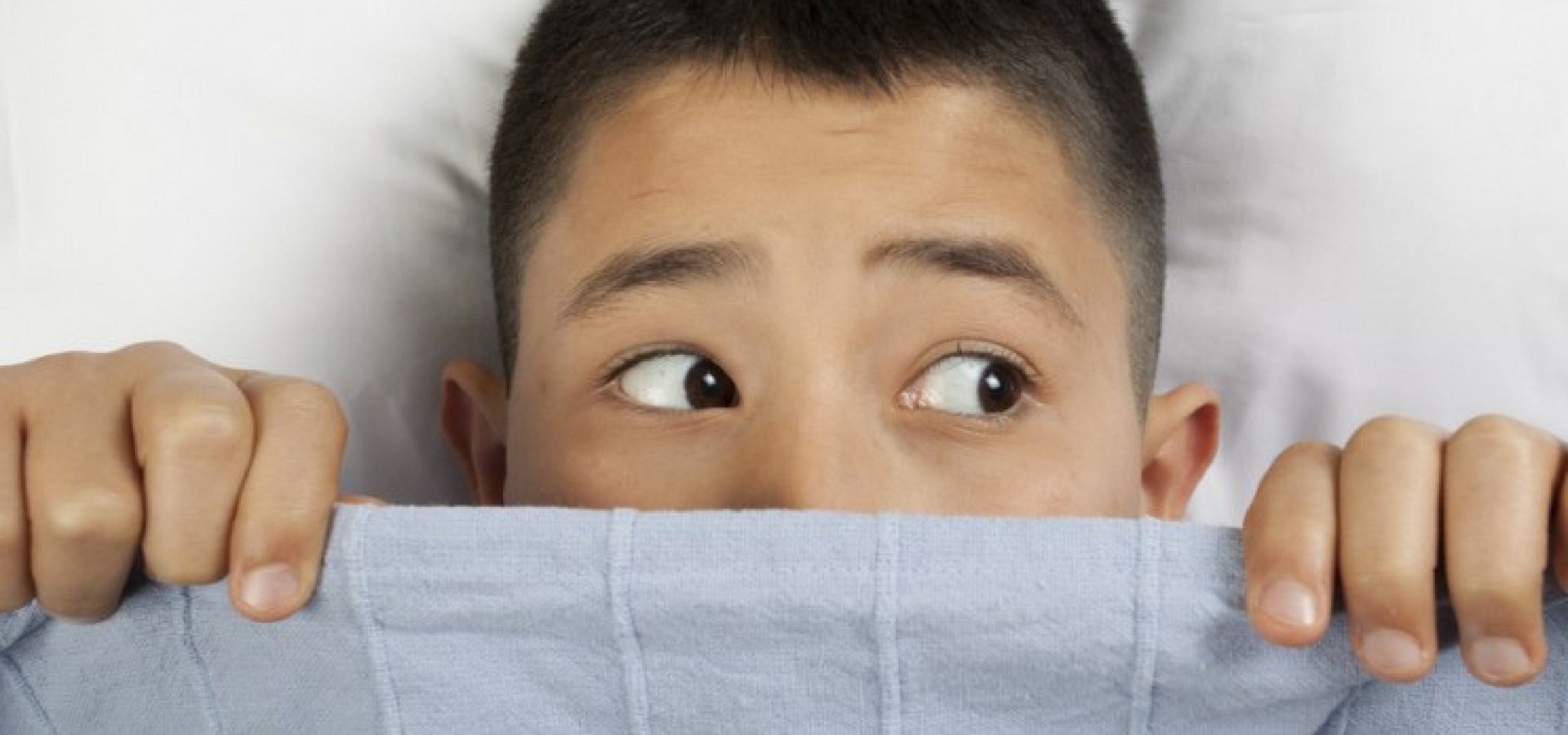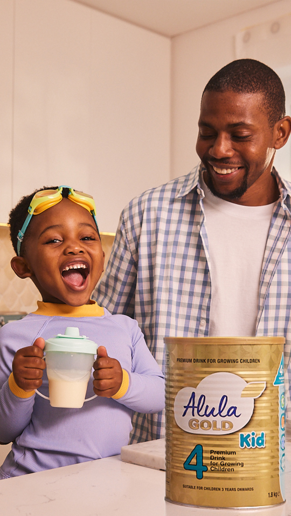
Why play should be a priority in children’s development
Play is not just fun but also significant for a child’s development. It is fundamental for healthy brain development and is the way that children learn about their world. Play provides the opportunity to explore the world, learn cause and effect and derive meaning form experiences. There are many forms of play which fall within the structured or free play categories. There are 4 general types of play that we will explore, namely: physical, object, rules, and pretend play. Physical play uses the entire body. It develops and strengthens both gross and fine motor skills and keeps children active. This is often explored as free play. Climbing trees, running, pushing and pulling. It also offers social and emotional benefits as children learn to engage with others. Object play refers to the use of toys or any objects that can be used to engage play. This is great for the senses as well as creativity and problem solving. As a child learns to manipulate objects to cause a specific reaction. For instance tying a rope to a bucket and having to pull it. Games with rules such as, board games or team sports, help develop social skills as well as, language and communication skills. This is because they need to learn and communicate turn taking, sharing and empathy. Pretend play aids in a child’s understanding of the world around them. It gives them a chance to let their imagination run free. This could be in the form of acting out real-life situations or by making something up that is weird and wonderful. This is a necessary tool to use in regulation of emotions. This helps children to learn empathy as they get to play a different role than themselves. All these types of play work together to ensure that children learn and develop the physical, social and emotional skills needed for grown up life. Skidz includes all these types of play in each Clever Activity Box. The aim is to give parents the tools and resources needed to spend quality time with their kids. This time spent together is pivotal in teaching them how the world works. It helps their physical development as well as their social and emotional development. Everything a child learns is taught through play and this is what we focus on. Each Clever Activity Box comes with over 100 activities in to do at home. It also includes a fun filled curriculum for each day of the week. The ages range from birth up to 5 years. To get your Clever Activity Box and to spend quality time with your child is as easy as visiting our website www.skidz.co.za. For some more awesome and fun ideas you can also like our facebook page at www.facebook.com/skidzsa


































